Let’s get one thing straight: crate training isn’t about punishment. When done right, it’s one of the most powerful tools in your dog mom toolbox—offering structure, safety, and a cozy retreat for your pup.
Whether you’re house training a new puppy or giving a rescue some much-needed calm, this gentle guide to crate training is here to help you build a routine that works (without guilt or tears).

🐶 Why Crate Training Is Actually a Kindness
At its core, a crate gives your dog:
-
A safe space of their own
-
A way to relax without stimulation
-
A tool for learning routines and boundaries
-
Protection when you can’t supervise (like during sleep or travel)
When introduced with care, the crate becomes a comfort zone, not a cage.
🛏 Step 1: Choose the Right Crate + Location
First things first—comfort matters. Your crate should:
-
Be big enough for your dog to stand, turn, and lie down
-
Include soft bedding or a crate mat
-
Be placed in a quiet but not isolated area (like your bedroom or family room)
Avoid putting it in a high-traffic, loud area—this is their calm zone.
✨ Want extra crate-time comfort? Make sure your walk gear comes off easily so your pup can relax post-adventure.
🐾 Step 2: Make It Inviting
Help your pup associate the crate with good things:
-
Toss treats or kibble inside to encourage exploring
-
Feed meals inside the crate
-
Offer a special chew toy they only get in the crate
Never force your dog inside. Let curiosity (and peanut butter) do the heavy lifting.
⏰ Step 3: Start with Short Sessions
Begin with just a few minutes at a time:
-
Ask your dog to go in (gently guide if needed)
-
Close the door for 1–2 minutes while you're nearby
-
Open the door calmly before they bark or whine
-
Gradually increase the time
Consistency is key—and so is ending sessions on a positive note.
💡 Tip: Time crate sessions after a walk so your pup is naturally tired and ready to rest.
🎽 Step 4: Use Walks and Play to Balance Crate Time
One of the most important parts of crate training? Making sure your dog’s physical and mental needs are met outside of the crate.
That means:
-
Morning and evening walks
-
Play sessions
-
Snuggle time and training moments
With a reliable step-in harness and secure leash, walk time becomes a grounding part of your routine—and helps your pup rest more easily after.
💩 Step 5: Avoid These Common Mistakes
Crate training is simple when you follow your dog’s pace. But these missteps can derail progress:
🚫 Using the crate as punishment
🚫 Leaving your dog crated too long (especially puppies)
🚫 Ignoring signs of stress or frustration
🚫 Skipping potty breaks—accidents in the crate = setbacks
✨ A poop bag holder clipped to your leash makes those quick outdoor breaks much less stressful.
💤 Step 6: Overnight Crate Training
Yes, your pup can sleep in the crate—and many dogs love it! Here’s how to ease into it:
-
Place the crate near your bed (especially at first)
-
Add soft bedding, a worn T-shirt with your scent, or a heartbeat toy
-
Keep nighttime potty trips quiet and quick
-
Avoid overreacting to every whine—wait and watch first
Bonus: You’ll get more sleep knowing your pup is safe and cozy.
Final Thoughts: A Crate Is a Gift—Not a Punishment
When done gently, crate training teaches your dog independence, trust, and self-soothing. And it gives you the freedom to step away knowing your pup is safe and relaxed.
It’s not about control—it’s about comfort and confidence.

Let Dogistry Support Your Crate Training Routine:
-
Easy-On Step-In Harnesses – perfect for potty breaks and crate transitions
-
Durable Leashes – soft on hands, strong in crowds
-
Poop Bag Holders – for quick outdoor trips
-
Matching Walk Sets – keep your crate-side gear organized and stylish
Because routines work better with tools that do, too.










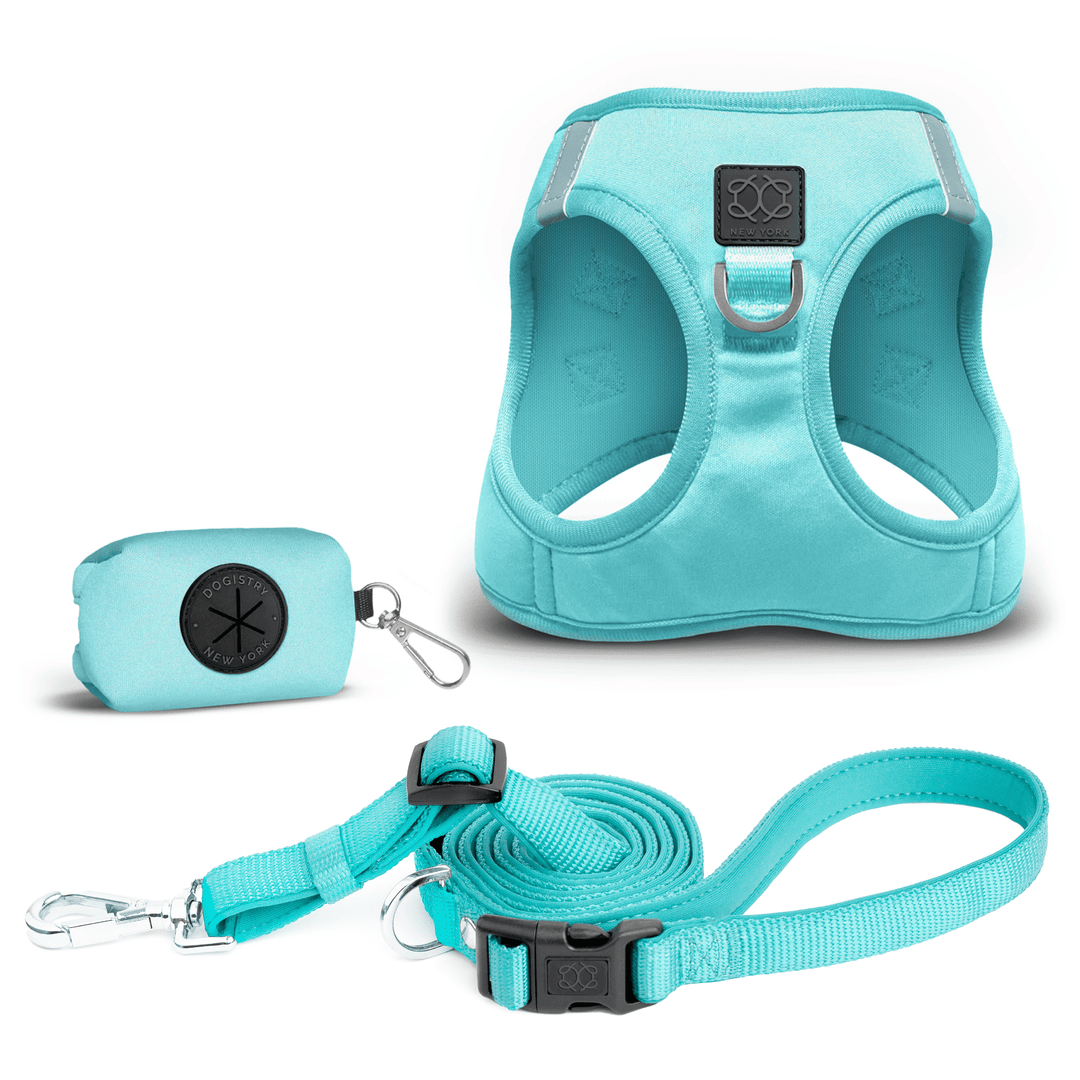
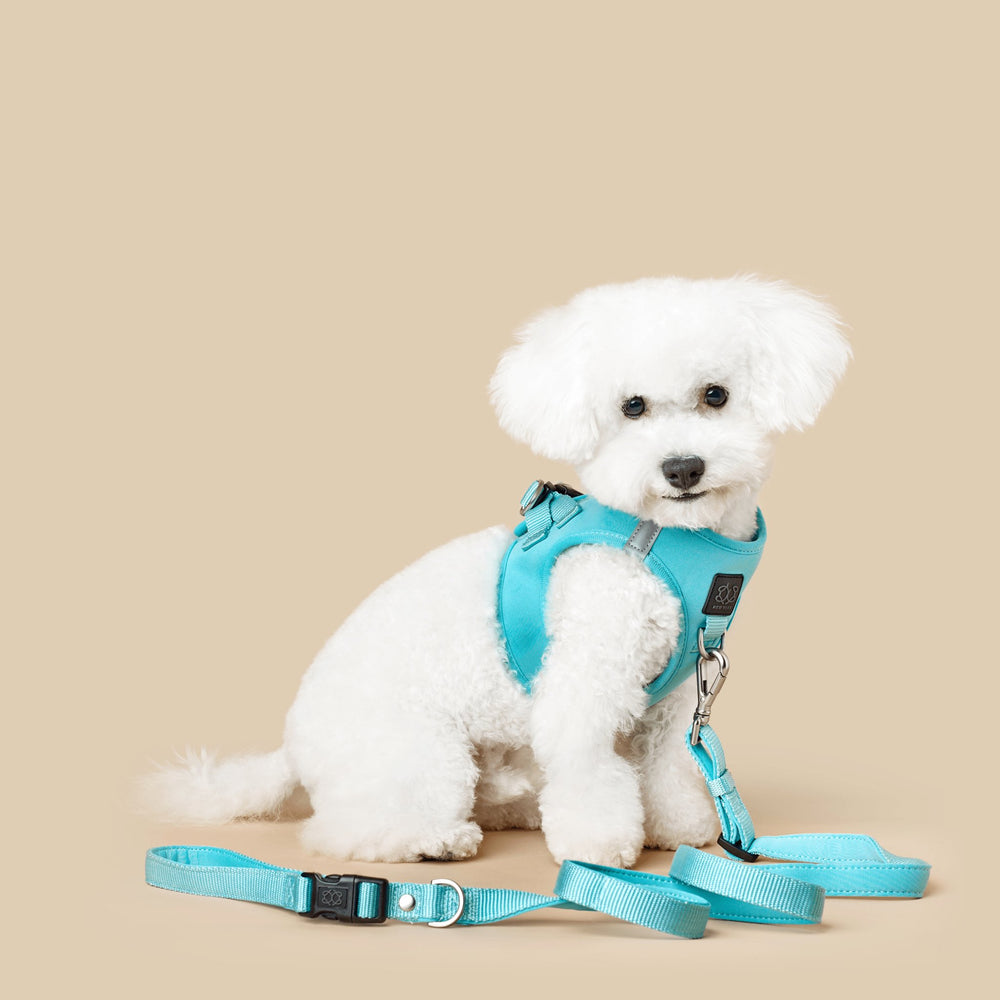
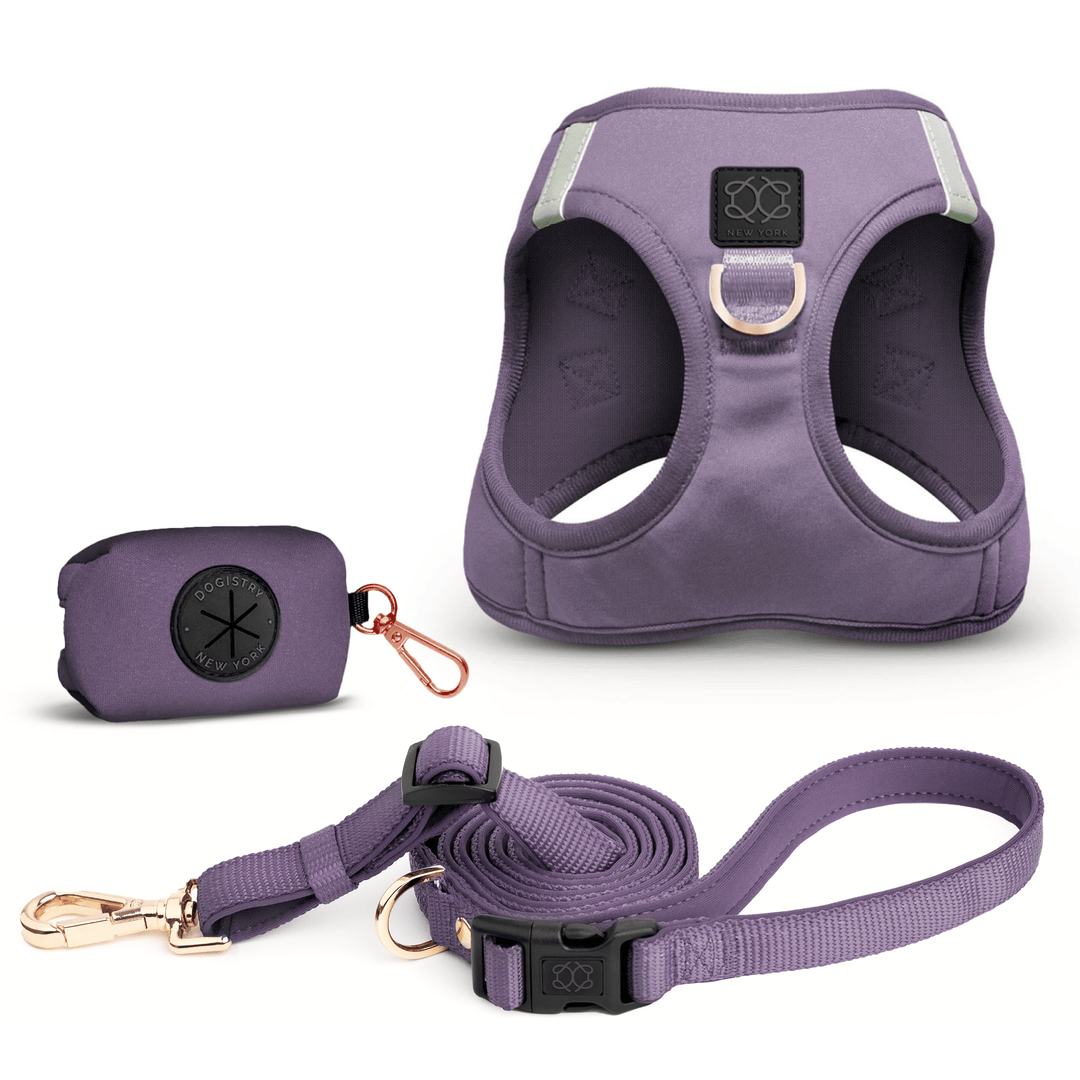
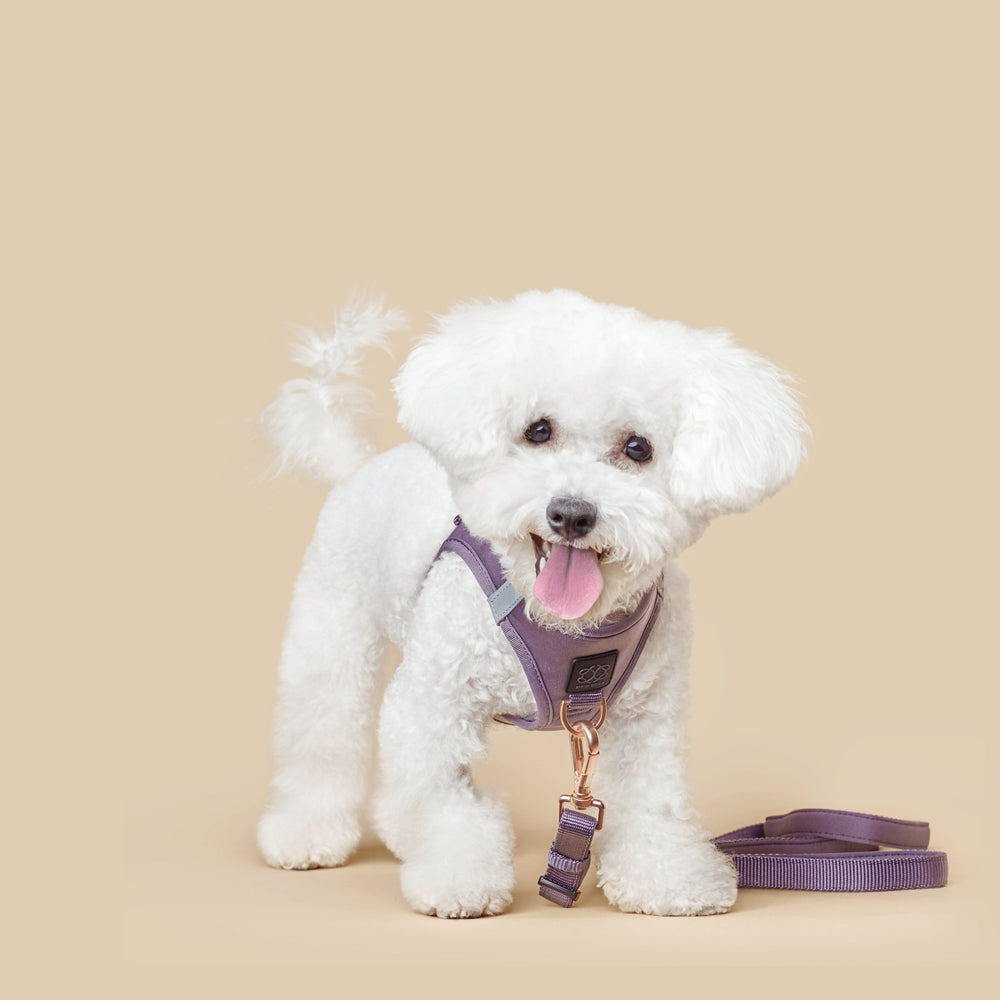
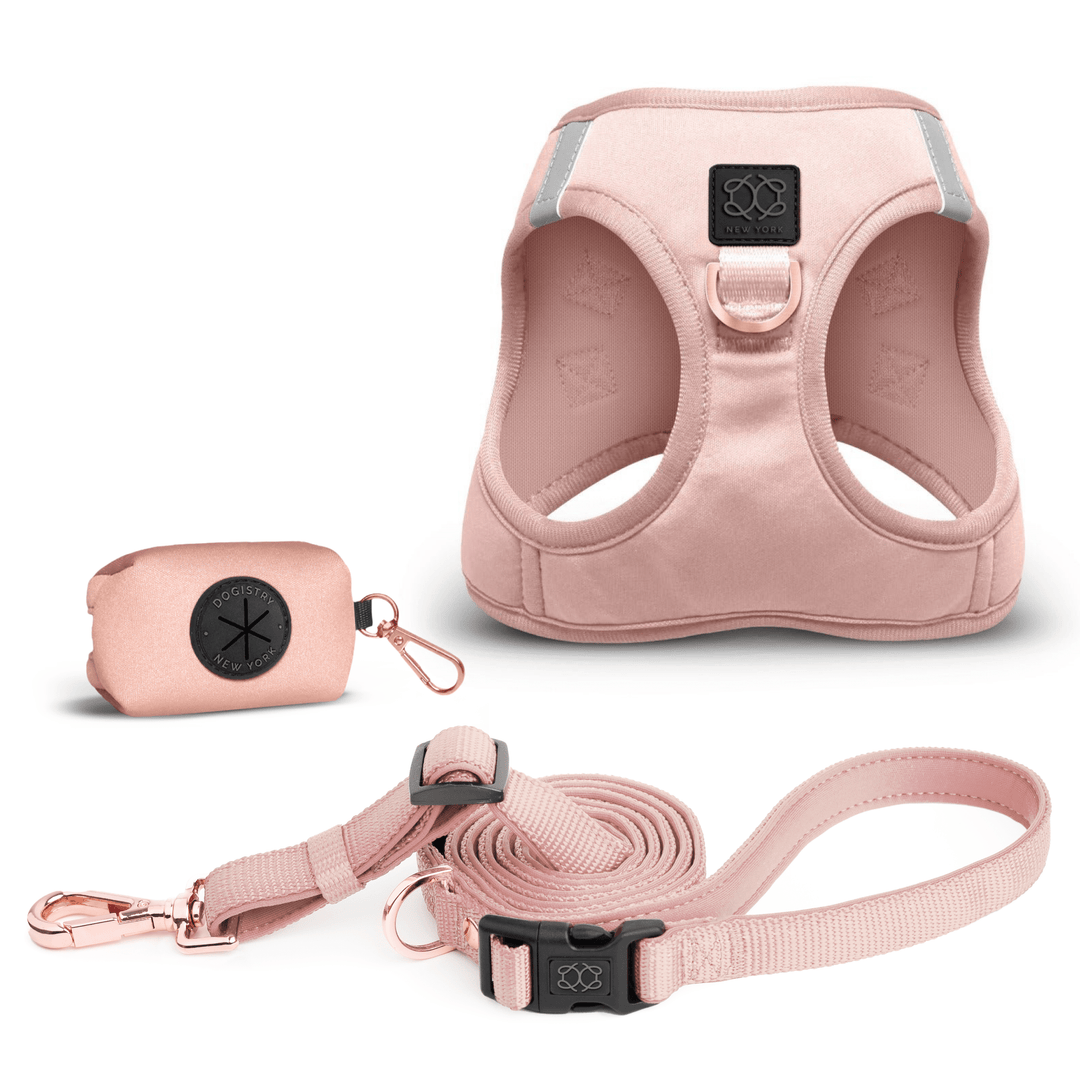







Leave a comment